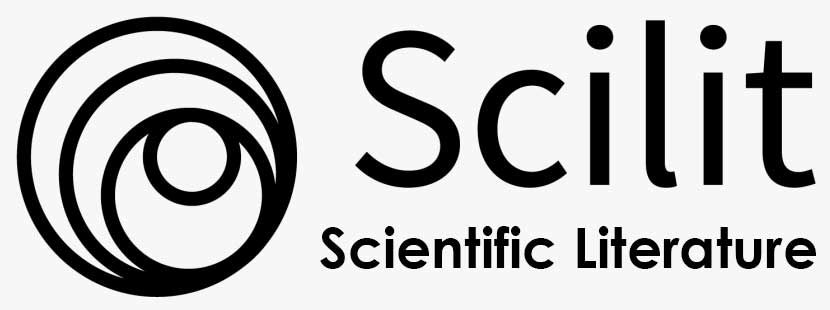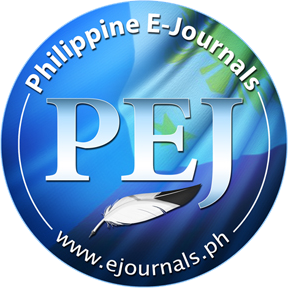SB21: Development of portable watermelon ripeness detector using Near-Infrared Spectroscopy and Spectroscopy (NIRS) and Acoustics Analysis
DOI:
https://doi.org/10.70922/btyjyv95Keywords:
ripeness detector development, spectral identification, acoustics analysis, watermelon ripenessAbstract
Watermelon is one of the toughest fruits to distinguish if it is ripe, unripe, or overripe. Its quality must be monitored to improve its commercial viability and profitability. Manual procedures deploy tapping, color examination, and approximate the number of days to determine its maturity stage. These are useful, but their accuracy and precision are constrained since they rely on assumptions. This research aims to develop a non- destructive method of identifying watermelon maturity in the Sugar Baby variety through Acoustics Analysis and Spectral Identification using Fast Fourier Transform and Near-Infrared Spectroscopy (NIRS). A portable and automated device is built, which includes operations such as detecting sound and internal content quality using a NIRS sensor and microphone, analyzing the wavelength and frequencies collected, and interpreting the results per the standard values provided. The K-Nearest Neighbor approach is applied in which altered signals are computed, compared, and voted on. Three hundred (300) watermelon samples were assessed, wherein two hundred ten (210) were used for standardization, seventy-five (75) for testing and assessment, and fifteen (15) for repeatability. In addition, thirty (30) cohorts were polled to rate the device's efficacy. Based on the findings, combining NIRS and Fast Fourier Transform showed that the ripeness condition of watermelon can be readily identified with high accuracy. Additionally, the data indicated that the device is reproducible and that the human and automated approaches differed significantly. With an overall accuracy of 90.7%, the automated watermelon ripeness detector outperformed the manual detection method.
Downloads
Downloads
Published
Issue
Section
License
Copyright (c) 2024 PUP Journal of Science and Technology

This work is licensed under a Creative Commons Attribution-NonCommercial 4.0 International License.







